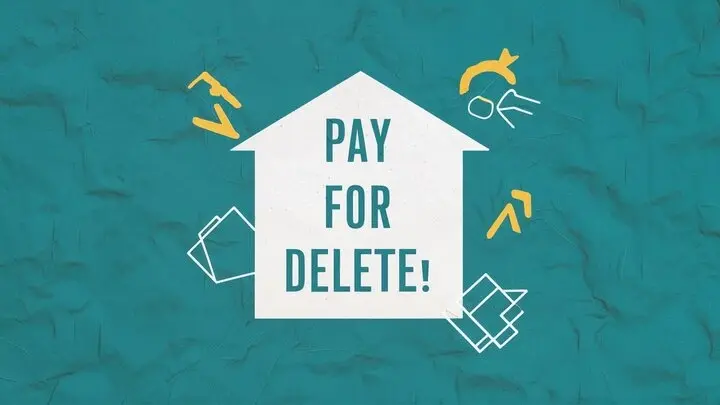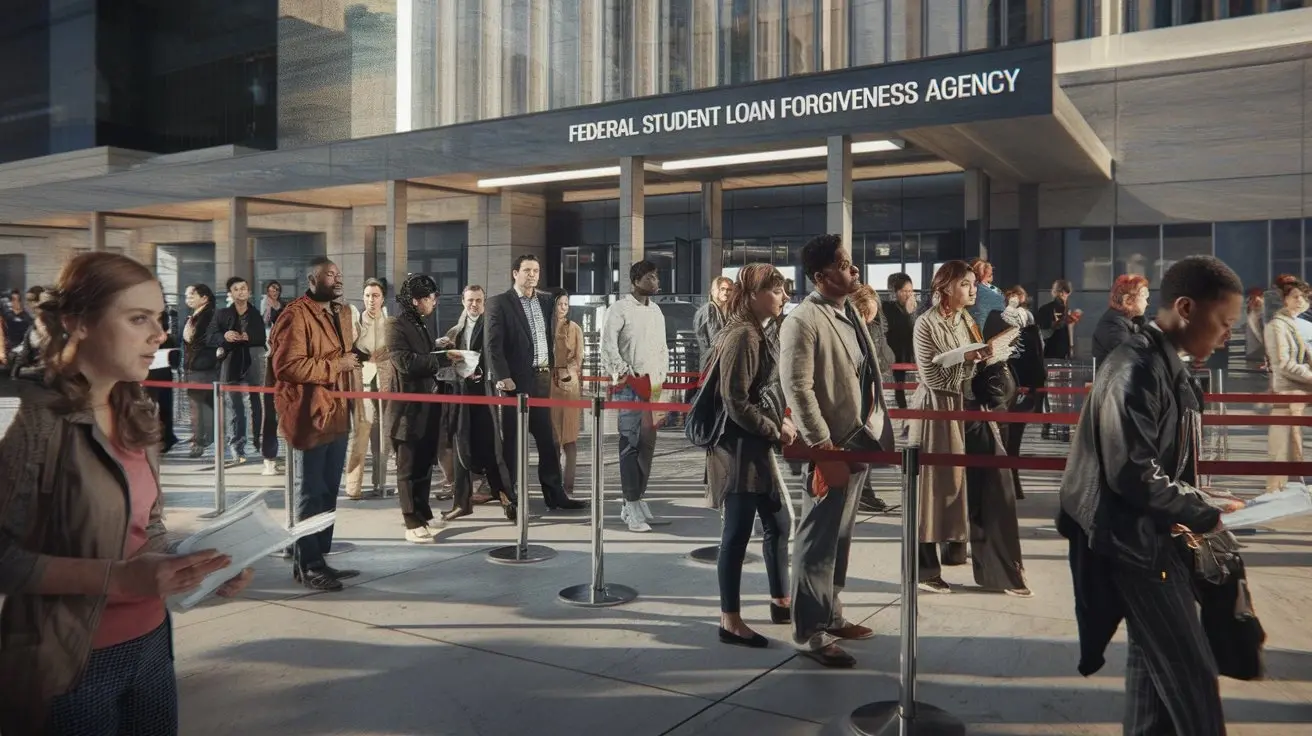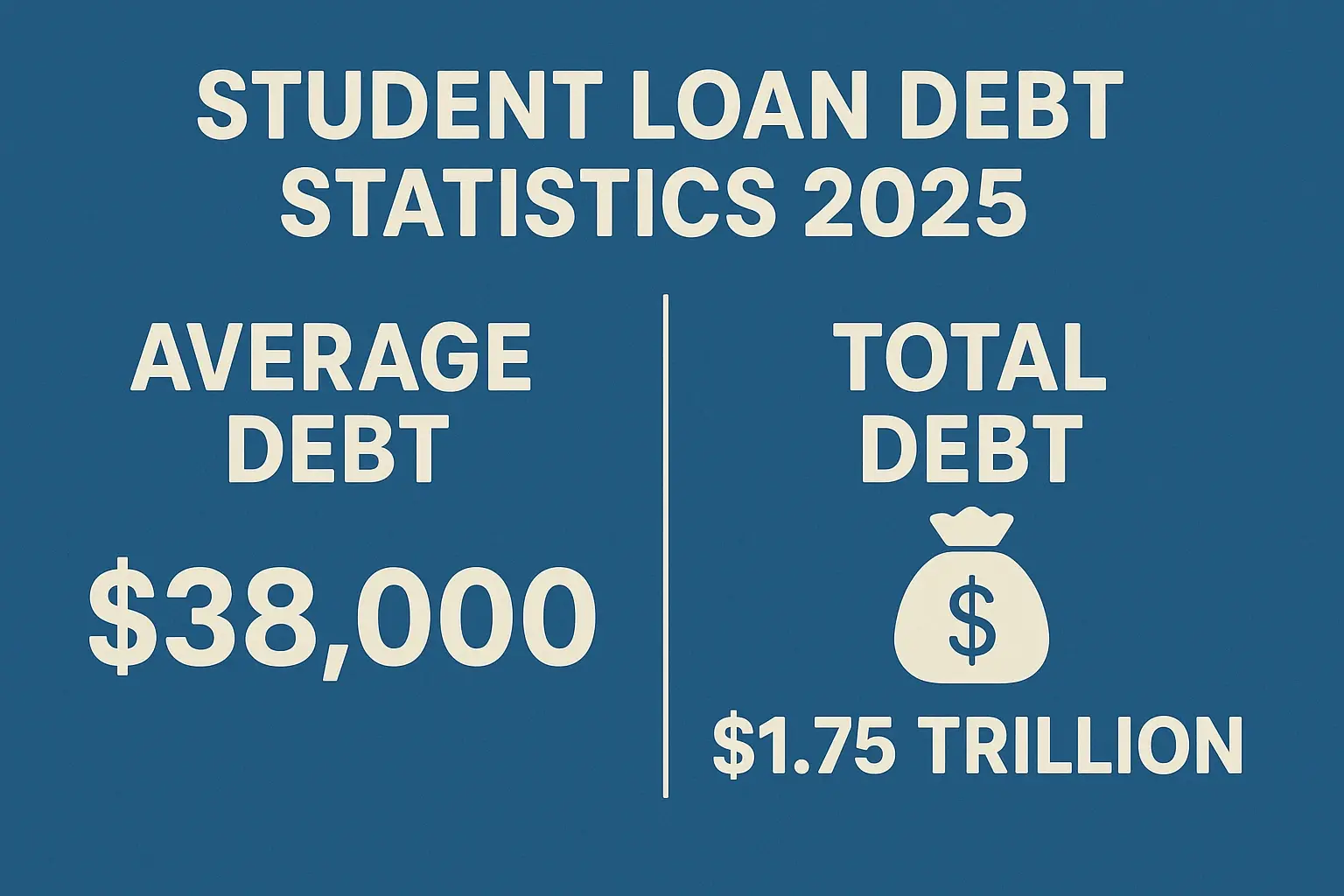-
Posted on: 28 Jun 2024

-
A negative credit history can significantly impact your ability to secure loans, mortgages, and even rent an apartment. If you have negative items on your credit report, a "pay for delete" letter can be a powerful tool in your credit repair arsenal. This article will explain what a pay for delete letter is, when to use it, and provide you with a template and sample to help you negotiate with creditors and potentially remove negative entries from your credit report.
What is a Pay for Delete Letter?
A pay for delete letter is a formal request you send to a creditor or collection agency, offering to pay off a debt in exchange for the removal of the negative entry from your credit report. The underlying principle is simple: you agree to pay the outstanding debt if the creditor agrees to delete the corresponding negative mark on your credit history. It's essentially a negotiation tactic aimed at improving your credit score.
Why Use a Pay for Delete Letter?
Negative information on your credit report, such as late payments, charge-offs, and collection accounts, can significantly lower your credit score. While paying off a debt is always a good idea, simply paying it may not necessarily remove the negative record from your credit report. A paid collection still reflects poorly on your credit. A pay for delete agreement aims to erase the negative record entirely, leading to a potentially significant boost in your credit score.
When to Use a Pay for Delete Letter
Pay for delete letters are most effective in certain situations:
- With Collection Agencies: Collection agencies are often more willing to negotiate a pay for delete agreement because their primary goal is to recover debt.
- For Older Debts: Creditors might be more open to a pay for delete arrangement for older debts, as they may have already written off the debt as a loss.
- Before Paying: Always send the pay for delete letter before making any payment. Once you've paid the debt, you lose leverage to negotiate for deletion.
- When the Debt is Valid: If you legitimately owe the debt, a pay for delete letter can be a good option. If you believe the debt is inaccurate or invalid, start by disputing it with the credit bureaus.
When Not to Use a Pay for Delete Letter
While a pay for delete letter can be helpful, it's not always the best approach. Consider these scenarios:
- Debts with Original Creditors: Original creditors (e.g., banks, credit card companies) are often less likely to agree to pay for delete arrangements. They are typically more concerned with maintaining their relationship with credit bureaus.
- If You Plan to Dispute the Debt: If you have a valid reason to dispute the debt's accuracy (e.g., identity theft, incorrect amount), disputing it directly with the credit bureaus is a better first step.
- Very Recent Debts: Creditors are less likely to delete a negative mark for a debt that's only a few months old.
Crafting Your Pay for Delete Letter: Key Elements
A well-written pay for delete letter should be clear, concise, and professional. Here are the essential elements to include:
- Your Contact Information: Include your full name, address, phone number, and email address.
- Creditor/Collection Agency Information: Include the name and address of the creditor or collection agency.
- Account Number: Clearly state the account number associated with the debt.
- Debt Details: Briefly describe the debt, including the original creditor (if applicable) and the original debt amount.
- Your Offer: Clearly state that you are offering to pay the debt in full (or a negotiated amount) in exchange for the deletion of the negative entry from your credit report. Be specific about the deletion.
- Deadline: Set a reasonable deadline for the creditor to respond to your offer (e.g., 30 days).
- Confirmation Request: Request a written confirmation from the creditor stating that they agree to delete the negative entry upon receipt of payment.
- Payment Method: Specify your preferred payment method (e.g., certified check, money order). Avoid sending personal checks or providing bank account information.
- Professional Tone: Maintain a polite and professional tone throughout the letter.
Pay for Delete Letter Template
Here's a basic pay for delete letter template you can customize:
[Your Name] [Your Address] [Your Phone Number] [Your Email Address] [Date] [Creditor/Collection Agency Name] [Creditor/Collection Agency Address] RE: Account Number: [Account Number] Dear [Creditor/Collection Agency Contact Person or To Whom It May Concern], I am writing to you regarding account number [Account Number], which you have reported to the credit bureaus. I understand that I owe [Debt Amount] on this account. I am willing to pay the full amount of [Debt Amount] in exchange for your written agreement to remove the negative entry associated with this account from all three major credit bureaus (Equifax, Experian, and TransUnion) upon receipt of my payment. Please provide me with written confirmation that you agree to delete this information from my credit report once the payment has been processed. I will make the payment via [Preferred Payment Method, e.g., certified check] upon receiving your written confirmation. I am requesting that you respond to this offer within 30 days. If I do not receive a response within that timeframe, I will consider this offer rejected. Thank you for your time and consideration. I look forward to resolving this matter quickly and efficiently. Sincerely, [Your Signature] [Your Typed Name]
Pay for Delete Letter Sample
Here's a sample pay for delete letter based on the template above:
John Doe 123 Main Street Anytown, CA 54321 (555) 123-4567 john.doe@email.com October 26, 2023 ABC Collections 456 Oak Avenue Suite 200 Anytown, CA 54322 RE: Account Number: 9876543210 Dear ABC Collections, I am writing to you regarding account number 9876543210, which you have reported to the credit bureaus. I understand that I owe $500.00 on this account, originally with XYZ Credit Card Company. I am willing to pay the full amount of $500.00 in exchange for your written agreement to remove the negative entry associated with this account from all three major credit bureaus (Equifax, Experian, and TransUnion) upon receipt of my payment. Specifically, I require written confirmation that the tradeline associated with account number 9876543210 will be completely deleted, not merely marked as "paid." Please provide me with written confirmation that you agree to delete this information from my credit report once the payment has been processed. I will make the payment via certified check upon receiving your written confirmation. I am requesting that you respond to this offer within 30 days. If I do not receive a response within that timeframe, I will consider this offer rejected. Thank you for your time and consideration. I look forward to resolving this matter quickly and efficiently. Sincerely, [John Doe's Signature] John Doe
What Happens After You Send the Letter?
After sending the pay for delete letter, here's what you can expect:
- Wait for a Response: Allow the creditor or collection agency the full amount of time you specified in your letter (e.g., 30 days) to respond.
- Review the Response: Carefully review the response you receive. Make sure it clearly states that they agree to delete the negative entry from your credit report upon payment. Do not make any payment unless you have this confirmation in writing.
- Make the Payment: If you receive a confirmation letter, send your payment via your agreed-upon method (e.g., certified check). Keep a copy of the payment for your records.
- Monitor Your Credit Report: After making the payment, monitor your credit report from all three major credit bureaus (Equifax, Experian, and TransUnion) to ensure the negative entry has been deleted. This can take 30-60 days.
- Follow Up if Necessary: If the negative entry is not deleted within a reasonable timeframe (60 days), contact the creditor or collection agency again to inquire about the status of the deletion. Keep records of all communication.
Important Considerations and Potential Risks
While pay for delete can be beneficial, be aware of the following:
- No Guarantee: There's no guarantee that a creditor or collection agency will agree to a pay for delete arrangement.
- Potential for Re-Aging: In some rare cases, acknowledging the debt in writing could restart the statute of limitations for the debt, potentially allowing the creditor to sue you for the debt even if it was previously time-barred. Consult with a legal professional if you are concerned about this.
- Verbal Agreements are Worthless: Always get the agreement in writing. A verbal agreement is not legally binding and is difficult to prove.
- Focus on Accuracy First: If you genuinely believe the debt is inaccurate, focus on disputing it with the credit bureaus rather than attempting a pay for delete.
Improving Your Credit Score Beyond Pay for Delete
A pay for delete letter is just one tool in the credit repair process. Here are other strategies to improve your credit score:
- Pay Your Bills on Time: Payment history is the most important factor in your credit score.
- Keep Credit Card Balances Low: Aim to use no more than 30% of your available credit.
- Don't Open Too Many New Accounts: Opening multiple credit accounts in a short period can lower your credit score.
- Dispute Inaccurate Information: Regularly review your credit report and dispute any errors you find.
- Become an Authorized User: Ask a friend or family member with good credit to add you as an authorized user on their credit card.










